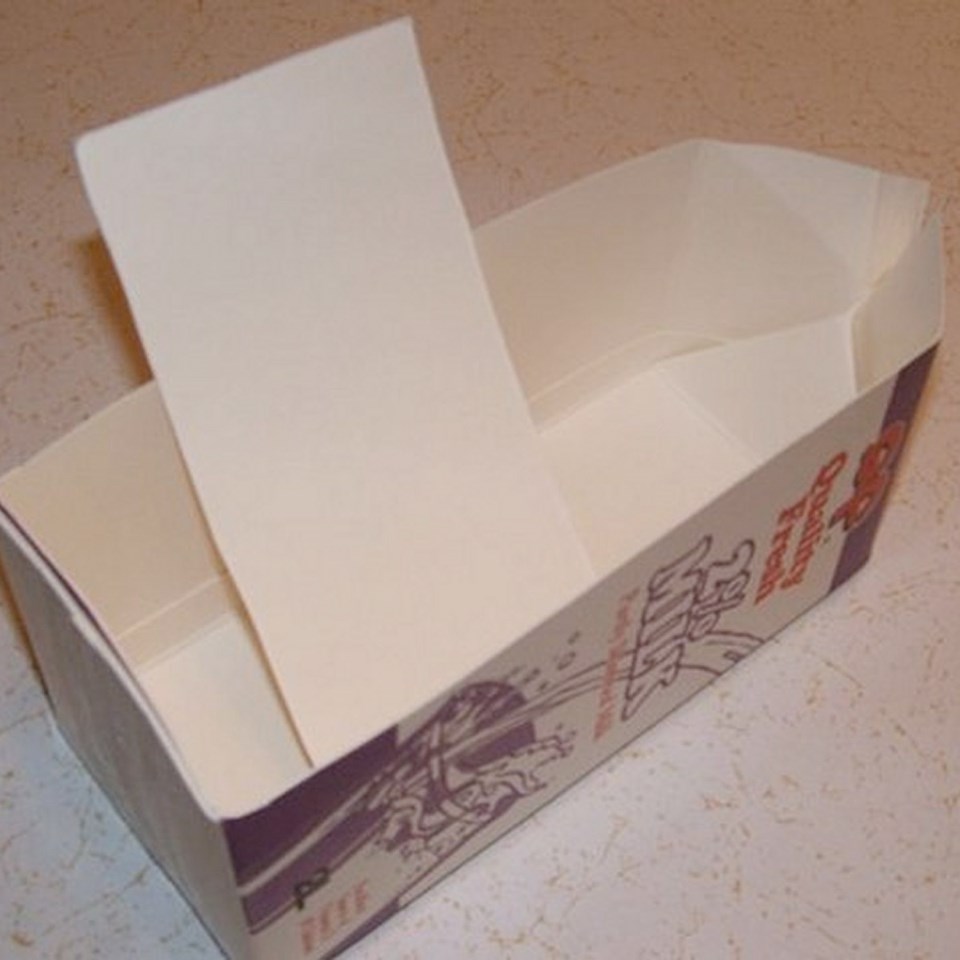Dear Helen: I noticed with interest your mention of the first seeds to be sown indoors. Could you follow up with a complete sequence of indoor seeding?
W.B.
Dear W.B.: Here is the schedule I follow. Keep in mind that where no supplemental lighting is available, the first set of seeds should be delayed by two or three weeks.
Note also that our climate is generously forgiving, with a spring that evolves slowly and gently. There’s no need to zero in on an absolutely precise timing. This is a rough guideline.
• Mid-January through early February: Pansies and violas (which both germinate best in the dark), leeks and onions, globe artichoke, sweet pea, snapdragon, carnation, pinks, primroses, cyclamen, larkspur, alpine strawberry, early cabbage, broccoli and cauliflower, lettuces for transplanting early into frames or under row covers.
• Mid to late February: Spillovers from the above, celery, celeriac, endive, ornamental peppers, kale, Cape gooseberry, heliotrope, gerbera, rudbeckia, verbena, dwarf cherry tomatoes (which should be seeded into small pots) for growing on patios and decks.
• March: Lettuce, peppers, tomatoes for the open garden (which should be planted later in the month and in pots), petunia, impatiens, aster, dahlia, cosmos, celosia.
• April: Basil (mid-month), lettuce, Brussels sprouts, marigold, zinnia, morning glory. After mid-April, sow cucumber, squash, pumpkins and melons into 10-centimetre-wide pots for easy transplanting in May. Label each pot.
I start winter and over-wintering cabbage, broccoli and cauliflower late this month too, but those with faster, earlier gardens can wait until May.
• June-July: Sow radicchio late June to early July for the main fall and winter crop. Sow pansies and violas at mid-July for transplanting into the garden and containers in September.
At each transplanting into the garden, I sow more lettuce indoors, through July.
��
Dear Helen: How do you turn a milk carton into a seedling flat that will not leak planting mix out the pouring lid?
D.S.
Dear D.S.: First, cut out the pouring spout side of the carton and trim it to leave a clear rectangle with no bends. Wash both pieces in hot, soapy water and let them air dry.
Staple the separated top at the pouring end of the carton together, then take the removed side and bend it into a U that fits snugly up against the pouring end. Staple it at both sides of the carton. This forms a solid wall to prevent planting mix drift. Use a knife or scissors to slit three drainage holes in the bottom.
This method works equally well for almond milk, juice and other similar cartons. I usually process several at a time.
��
Dear Helen: Why do you use a seaweed-fertilizer solution for indoor seeding instead of plain water?
I.B.
Dear I.B.: Seaweed fertilizer contains hormones and nutrients that help to promote good germination and initial root growth. It is rich in trace minerals.
For seed germination, a low dosage mixture works best. Don’t be tempted to mix the solution any stronger than the recommended label rates.
I firm planting mix into the flat and use the seaweed concentrate added to hot tap water to thoroughly moisten the mix. After sowing, I use more seaweed-fertilizer solution to spray-dampen the slight layer of mix covering the seeds. Except for seeds that take a long time to germinate, flats don’t usually need watering again until seedlings are up and growing. Water again after thinning.
I suspect that a seaweed solution gives a degree of disease resistance to seedlings as well. I never lose any seedlings to damping off, a disease that causes seedling collapse, and I don’t use fungicides.
To further safeguard seedlings against diseases and other common problems, thin seedlings at the early stages of their growth, avoid over-watering and provide bright light.
��
GARDEN EVENTS
Dahlia meeting. The Victoria Dahlia Society will meet on Thursday at 7:30��p.m. in The Wellesley, 2800 Blanshard St.
Seedy in Qualicum. Qualicum Beach will celebrate its 13th Seedy Saturday event on Feb. 7, 10 a.m. to 3:30 p.m. in the Qualicum Beach Civic Centre. The Sow the Seeds! theme is reflected in talks on growing food and flowers. The event will feature a seed swap (bring your own saved seeds to exchange), a farmers’ market, seeds and plants for sale, master gardeners to answer questions, expert speakers on various topics and the Seedy Café. Admission is by donation. qbseedysaturday.com.



